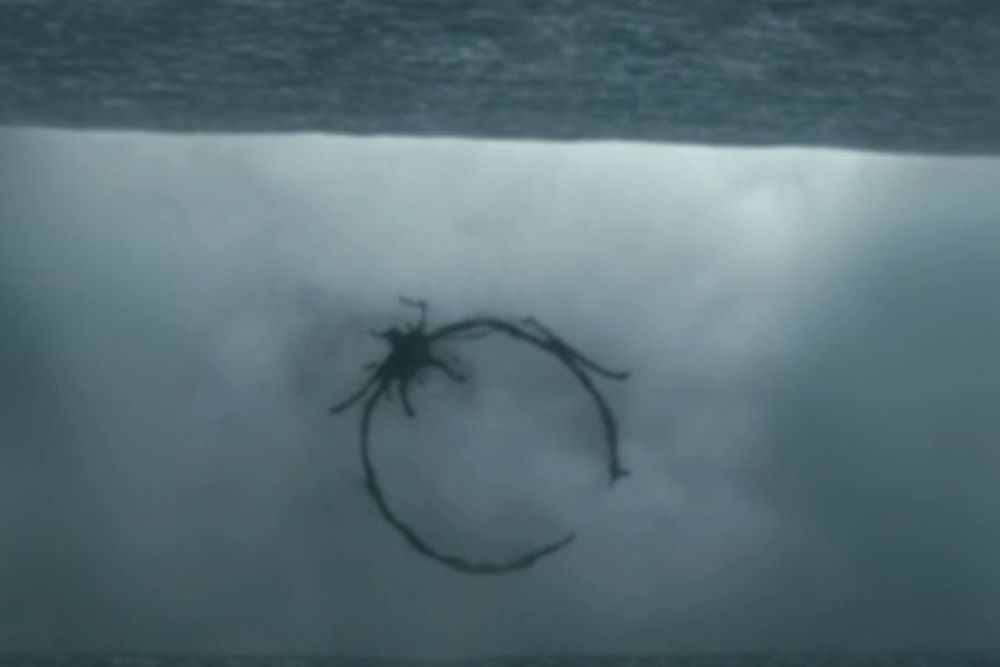

Merrill not only deals with differences in verbal communication, but gestures and other " body language", pointing out the inextricability of language with cultural and social norms. The novel critically approaches humanity's intelligence and intentions in deciphering and truly comprehending a message from outer space. Stanislaw Lem's novel His Master's Voice describes an effort by scientists to decode, translate and understand an extraterrestrial transmission.Others work on the premise that languages with similarities can be partially understood by different species or could not understood at all. Lewis's novel Out of the Silent Planet is able to use his training in historical linguistics to decipher the language spoken on Mars. Some science-fiction works operate on the premise that alien languages can be easily learned if one has a competent understanding of the nature of languages in general. ( Learn how and when to remove this template message)Ī formal description of an alien language in science fiction may have been pioneered by Percy Greg's Martian language (he called it "Martial") in his 1880 novel Across the Zodiac, although already the 17th century book The Man in the Moone describes the language of the Lunars, consisting "not so much of words and letters as tunes and strange sounds", which is in turn predated by other invented languages in fictional societies, e.g., in Thomas More's Utopia.Īs the science fiction genre developed, so did the use of the literary trope of alien languages. ( January 2017) ( Learn how and when to remove this template message) Statements consisting only of original research should be removed. Please improve it by verifying the claims made and adding inline citations. At least, no human could.This article possibly contains original research. No one could lay out such an intricate design at the speed needed for holding a conversation. But those designs had required careful planning by expert calligraphers. I had seen a similarly high degree of integration before in calligraphic designs, particularly those employing the Arabic alphabet. The heptapods didn’t write a sentence one semagram at a time they built it out of strokes irrespective of individual semagrams. And the biggest sentences had an effect similar to that of psychedelic posters: sometimes eye-watering, sometimes hypnotic. If I wasn’t trying to decipher it, the writing looked like fanciful praying mantids drawn in a cursive style, all clinging to each other to form an Escheresque lattice, each slightly different in its stance. When a Heptapod B sentence grew fairly sizable, its visual impact was remarkable. Per an exceprt from Tor from Chiang’s story, here’s how the aliens communicate: “A ‘sentence’ seemed to be whatever number of semagrams a heptapod wanted to join together the only difference between a sentence and a paragraph, or a page, was size. It turns out Chiang’s source material is heavy on linguistic philosophy that would make even Noam Chomsky blush, and it will be fascinating to see how Villeneuve and his collaborators translate that into a digestible plot. Louise Banks says in the trailer.ĭo they come in peace, or are they here to enslave us lowly humans? Even worse, are they here just to mess with us and make our civilization implode on itself? That seems to be what’s at work with Adams’s linguist telling Forest Whitaker’s military colonel, “We need to make sure that they understand the difference between a weapon and a tool,” and that “Language is messy and sometimes one can be both.” It’s not an easy job: “We’re never going to be able to speak their words,” Adams’s Dr.
#Arrival alien language translator how to
Amy Adams plays an academic tasked with figuring out how to communicate with an alien species.

Language is at the heart of the new trailer for Denis Villeneuve’s brainy sci-fi spectacle Arrival, based on Ted Chiang’s short story, Story of Your Life.


 0 kommentar(er)
0 kommentar(er)
